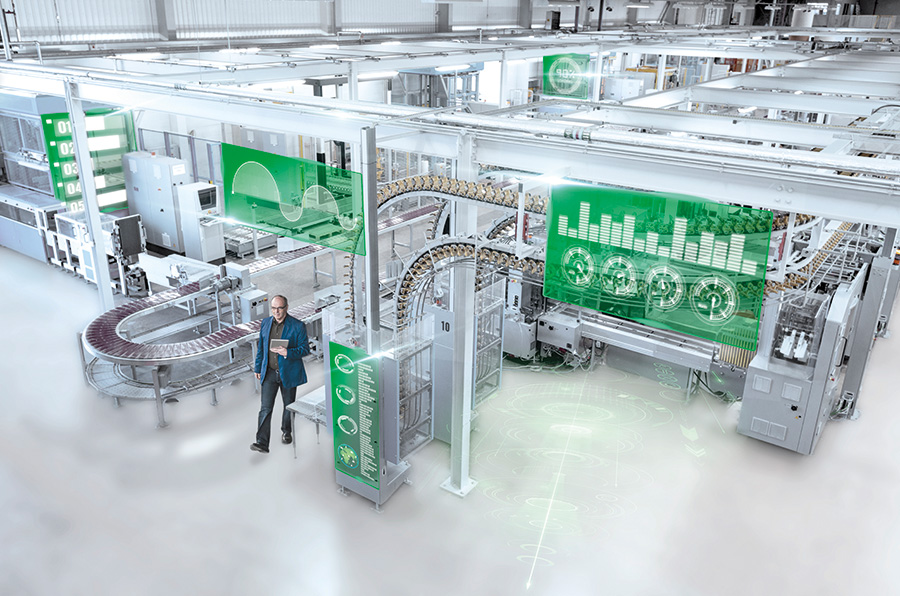Unplanned downtime can be costly in today’s tech-reliant world, especially given the industry-wide shift towards smarter factories with Industry 4.0. In critical facilities like manufacturing plants or data centres, an outage can lead to lost productivity at the very least, or cascade downstream and negatively impact other operations that rely on the downed system.
The result can be a loss of quality and heightened safety risks at industrial facilities, or unresponsive digital services that compromise customer experience. Aside from the costs of emergency remediation, outages can also impact the organisation’s bottom-line in the long run.

How Predictive Maintenance Can Help
Fortunately, advancements in technology are opening the door for organisations to identify and rectify failures before they occur. Known as predictive maintenance, it relies on the use of connected Internet-of-Things (IoT) to collect the requisite data used to determine the condition of in-service equipment. This allows the capture of voluminous data from hundreds or even thousands of sources, where they can be stored and analysed around-the-clock.
Techniques and algorithms from statistics, data modelling and even machine learning are applied on collected data, which is leveraged to make predictions on their future operations. The true health of equipment can hence be ascertained, offering a scientific and replicable method to identify problematic or failing components. Maintenance cycles can then be scheduled to service the components before they fail, keeping outages and unplanned maintenance at bay.
One counterargument is that predictive maintenance can increase operational costs, as components are effectively swapped out ahead of failure. However, there is no question that organisations save money that might otherwise be spent to cover the high cost of scrambling for workers or contractors in the event of an emergency maintenance. Moreover, complications such as lost production and the risk of a failed component causing damage to healthy parts are also avoided.
Ludovic Debuchy of Schneider Electric summarises it this way in a blog piece: “Predictive maintenance increases the life expectancy of your assets, reducing downtime and ensuring continuous equipment availability and peak performance.”

Getting Started With Predictive Maintenance
Shifting from a traditional reactive or planned maintenance approach to a predictive maintenance strategy is not an overnight affair. The installation of new hardware and systems are unavoidable, and newly data must be correctly harnessed to be useful.
For organisations looking to get started, Debuchy outlined the below steps.
- Start with an audit of electrical (and cooling – for data centres) infrastructure to gauge equipment performance, needs and prioritize critical actions.
- Develop a plan to modernize equipment. A decision will need to be made on what to keep, what to retrofit, and what sensors need to be installed in order to gather the requisite data.
- Proceed with the installation of equipment and software components, ensuring that collected data is integrated into relevant systems for analysis.
- Work closely with experts with the skills to monitor and benchmark your collected data. Leverage their expertise to predict faults before they happen.
- Create new processes to act on system alerts by dispatching remote or on-site interventions to prevent failures and increase reliability.
- And unless you want a white elephant, be sure to train employees to ensure adoption.
If you are interested in learning more about the impact of smart factories, do read Schneider Electric’s three steps for implementing Industry 4.0 here.








